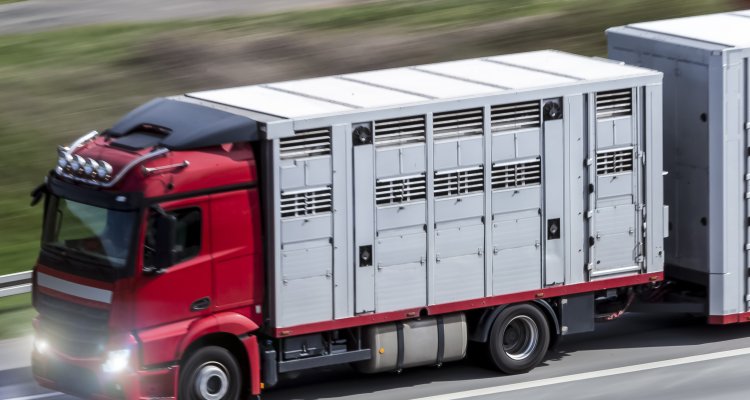
Risk assessment
An important task of Wageningen Bioveterinary Research (WBVR) is the conduction of risk analyses to assess the probability of infection via various exposure routes. The results of these analyses contribute to the development of efficient and effective policies to prevent infection of animals and people.
Import risk and early recognition analysis
Import risk analysis contributes to the assessment of the risk of import flows and other possible routes along which pathogens can enter the country. Understanding the introduction routes and identifying the areas of origin of pathogens is crucial for effective prevention policy. Early recognition of diseases is another area of interest. The earlier a disease can be diagnosed the better the prevention measures will work. WBVR investigates several ways to shorten the time of detection, for instance by developing fast diagnostic technologies but also by facial recognition of diseased animals.
Safe trade of animals
WBVR performs import risk assessment studies to evaluate the risk of trade flows. In addition, other possible routes along which pathogens can enter the country are analyzed to identify the most likely source of new pathogens entering our country, and to identify regions most at risk from new introductions. Results of these studies are used to prioritize activities aimed at prevention, early warning and surveillance. This can optimize the safe trade of animals and contribute to a safer and healthier livestock sector in the Netherlands.
Dose-response modelling
Dose-response modelling is a specific risk assessment that aims to evaluate infection probabilities of animals via various exposure routes. This can prioritize risks of exposure routes based on the calculated probabilities. These activities contribute to the development of efficient and effective policies to prevent infection of animals and people.
Tool
- MINTRISK webtool: a Method for INTegrated RISK assessment of vector-borne animal diseases